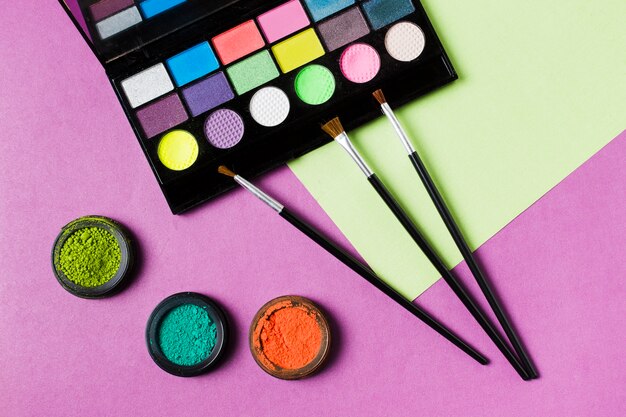
Sponsored article
As the seasons transition, so does the pool of colors that dominate the fashion and beauty industry. Ever wondered how seasonal color trends ripple out to have an impact on facial adornment? Ponder no more. This article demystifies how the prevailing hues of the season could influence your selection of cosmetic colors and how you can harness this knowledge to add a trendy touch to your look.
Understanding the concept of seasonal color trends begins with their definition. Seasonal color trends are specific color palettes that become popular during certain periods of the year, often aligning with shifts in climate, sociocultural events, or industry-driven initiatives. The impact of these trends is felt deeply within the fashion industry where they dictate styles, fabrics, and accessories that will dominate the market.
Their influence extends to the realm of makeup as well, creating a ripple effect that guides consumers in their beauty choices. Originating from the fashion industry, these cyclical color trends influence not only the clothes we wear but the hue of our lipstick, the shade of our eye shadow, and even the color of our nail polish. Seasonal color trends are, thus, instrumental in shaping both our individual style narratives and the broader beauty landscape.
The link between color trends and makeup choices is a fascinating subject that shines light on consumer behavior in the world of beauty. As the seasonal color trends change, they undeniably influence the thoughts and decisions of consumers navigating their makeup choices. The vibrant hues and brilliant pigments that dominate the summer months, for instance, significantly shape the selection of eyeshadow palettes, lipsticks, and blushes. Consumers tend to prefer brighter, more saturated colors for this season, reflecting the spirited essence of summer.
On the other hand, the color trends of the colder months, typically characterized by more muted and earthy tones, guide consumers towards selection of similar shades in their makeup choices. The beauty of autumn and the chill of winter inspire consumers to adopt deeper, rich hues in their makeup, matching the scenic grandeur of these seasons. It’s through analysis of this interplay between seasonal color trends and makeup choices that we understand the cyclical nature of consumer behavior in beauty industry.
Understanding the nuances of ‘Personal style’ isn’t always easy, however, blending it with ‘seasonal color palettes’ can serve as an essential driving force for ‘makeup customization’. Wearing makeup isn’t solely about accentuating the appearance, combining a personal touch adds an extra layer of definition. Adapting to the vibrant hues of spring or the warm tones of fall can add a unique touch to each individual style.
Benefiting from the seasonal tones not only provides a delightful change but allows an opportunity for innovation in personal style. Observing the seasonal color changes, you get to experiment, learn, and develop your style. Moreover, the benefits transcend cosmetic appeal as this approach enriches the overall self-expression, fostering a stronger, more confident self-image.